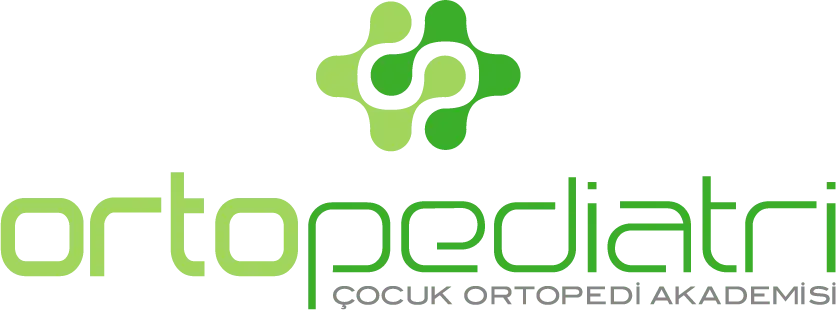Surgery for Muscle release of the Groin Region in Children (Adductor Tenotomy)
The adductor muscle group is responsible for moving the thigh bone toward the midline. A clinical picture that starts with a disruption in the hip mechanics and progresses to the hip dislocation may be seen in the children with cerebral palsy…
Flatfoot in Children
What is Flatfoot? There are various arches in the sole in the normal anatomy of the foot. These arches formed by the alignment of the foot bones are supported by muscles and ligaments. The loss or absence of the longitudinal…
Spinal Problems in Children– Scoliosis
What is Scoliosis? Our spine consists of 33 bone structures, called vertebrae, which are organized to carry and transfer all of the body weight as a whole. In a normal healthy individual, the spine is the main structure that allows…
Femur Correction Surgery in Children (Femoral Osteotomy)
Femoral Osteotomy It has been observed that muscular spasticity in children with cerebral palsy can lead to deformities such as introversion or distortion of the thigh bone over time. These deformities also cause problems such as crouching or in-toeing. As…
Choosing Shoe for Children
Choosing the right shoe is an important determinant in the development of foot during school age. The most important feature in a shoe is its ability to allow walking for a long time without any discomfort. The toe of the…
Surgery for Muscle Release behind the heel and the leg
Muscle Release Surgery Gastrocnemius muscle is located behind tibia between the knee and heel. An increased strain in this muscle due to the increased spasticity in such diseases as cerebral palsy causes tiptoeing and the disruption of the walking biomechanics….
Tendon Transfer in front of the Foot
Tibialis Anterior Tendon Transfer In-toeing and out-toeing may be occur in the anterior part of the foot in children with cerebral palsy due to the muscle spasm or clubfoot disease. As a result of the evaluation by the pediatric orthopedist,…
Tendon Transfer behind the Ankle
Tibialis Posterior Tendon Transfer The tendon of the tibialis posterior muscle is located behind and inner side of the foot by passing through the ankle. In children who have developed foot deformity due to spasticity, tibialis posterior tendon transfer is…
Muscle Release behind the heel and the leg
Muscle Release Surgery Gastrocnemius muscle is located behind tibia between the knee and heel. An increased strain in this muscle due to the increased spasticity in such diseases as cerebral palsy causes tiptoeing and the disruption of the walking biomechanics….

